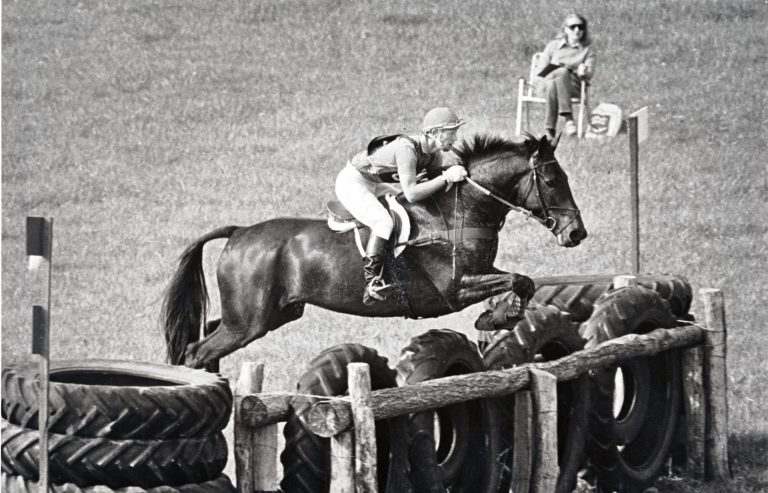Practical Horseman Associate Editor Jocelyn Pierce will be competing in the Mongol Derby, a 600-mile expedition considered the longest and toughest horse race in the world, on 25 different semi-wild horses, in August.
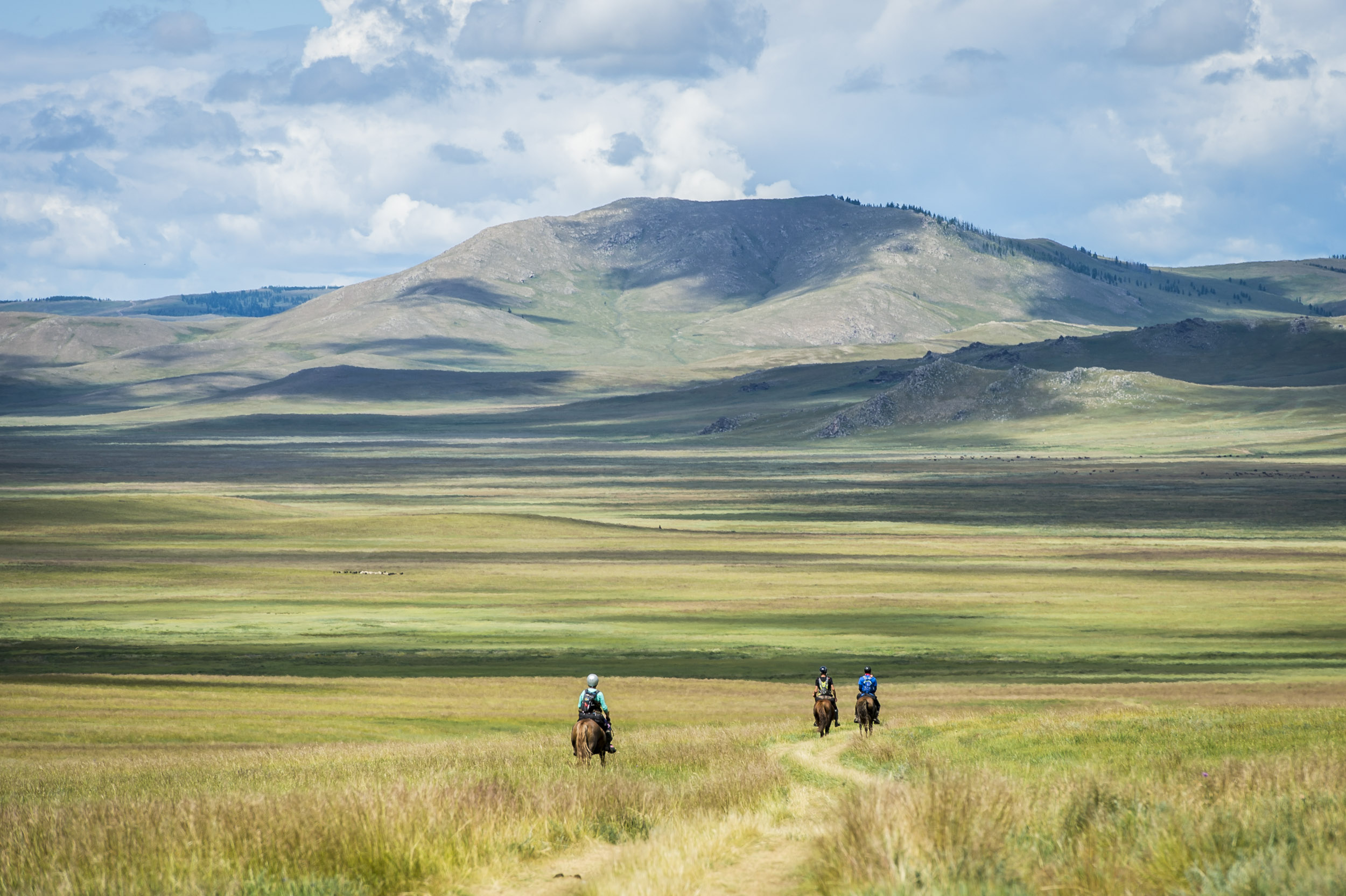
When I told my family, friends and acquaintances about my upcoming adventure in Mongolia, I found that an onslaught of questions about the race, how it works and why in the world I’d want to do it usually followed in rapid succession; understandably so, because there is a lot to the Mongol Derby. Here are the 11 most frequently asked questions I’ve encountered over the past nine months:
1. What is the Mongol Derby?
The Mongol Derby is a 600-mile (more or less) horse race that loosely follows the route created by Genghis Khan in 1224 to carry riders whose mission was to deliver information and facilitate communication throughout the empire. This year will be the Mongol Derby’s 10th year and the route that the 40 competitors follow changes year to year, but is likely to include the following variety of terrain; high passes, green open valleys, wooded hills, river crossings, wetland and floodplains, sandy semi-arid dunes, rolling hills, dry riverbeds and open steppe (characterized by grassland plains without trees and extreme temperatures). Riders must balance survival skills and horsemanship as they use their own navigation to figure out how to get to 25–28 checkpoints.
https://www.youtube.com/embed/PK3SpdIXvD4
2. Where is Mongolia?
Mongolia is a landlocked nation in East Asia, located to the north of China and south of Russia. About one-third of the country is nomadic or semi-nomadic, meaning they live in portable dwellings and practice seasonal migration, moving from one place to another in search of grasslands for their animals and are still very much dependent on the horse.
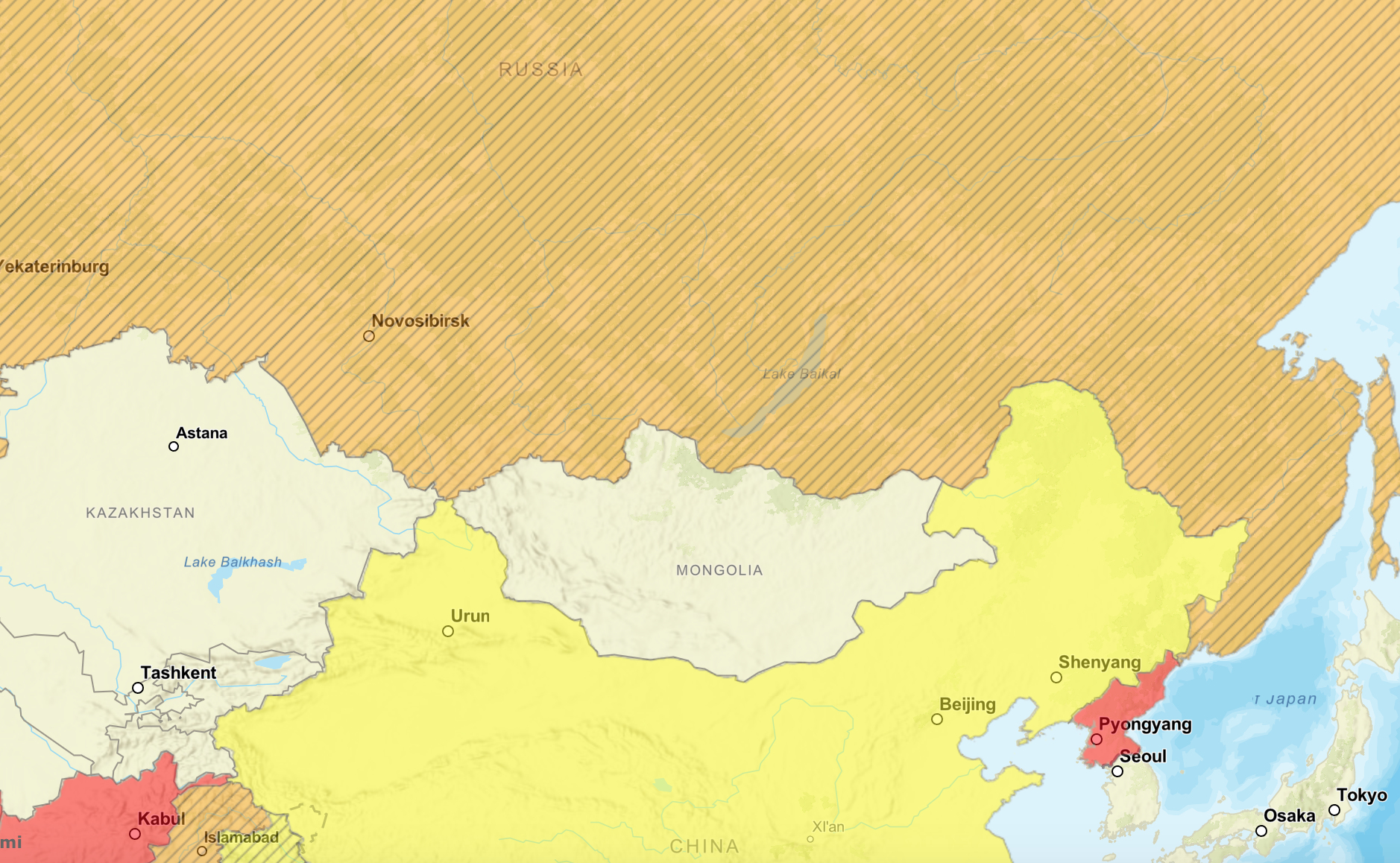
3. How long is this going to take?
I’ll be arriving in the capital city Ulaanbaatar on August 1. Pre-race training will be held from August 5–7, during which riders will receive medical briefings, veterinary briefings, technical training and riding practice, both on the steppe and in the classroom. Then, the race begins on August 8 and will run until August 17. This means riders have 10 days to complete the race, but if you want to win, you will likely need to finish by day 7. Riders can ride only between the hours of 6:30 a.m. and 8 p.m.; essentially daylight hours.
4. Have you done this before?
I have never competed in the Mongol Derby, or even a 50-mile endurance competition. I’ve ridden almost my whole life but before applying for the Derby had zero endurance-riding experience.
5. Are you bringing your horse?
This question tends to be from my non-horsepeople friends, and while I wish I could pick a team of horses to bring with me, I’ll be riding 25–28 different semi-wild native horses, on loan from local herders. While there will be many challenges in the Mongol Derby, perhaps the biggest challenge and unknown factor will be the horses.
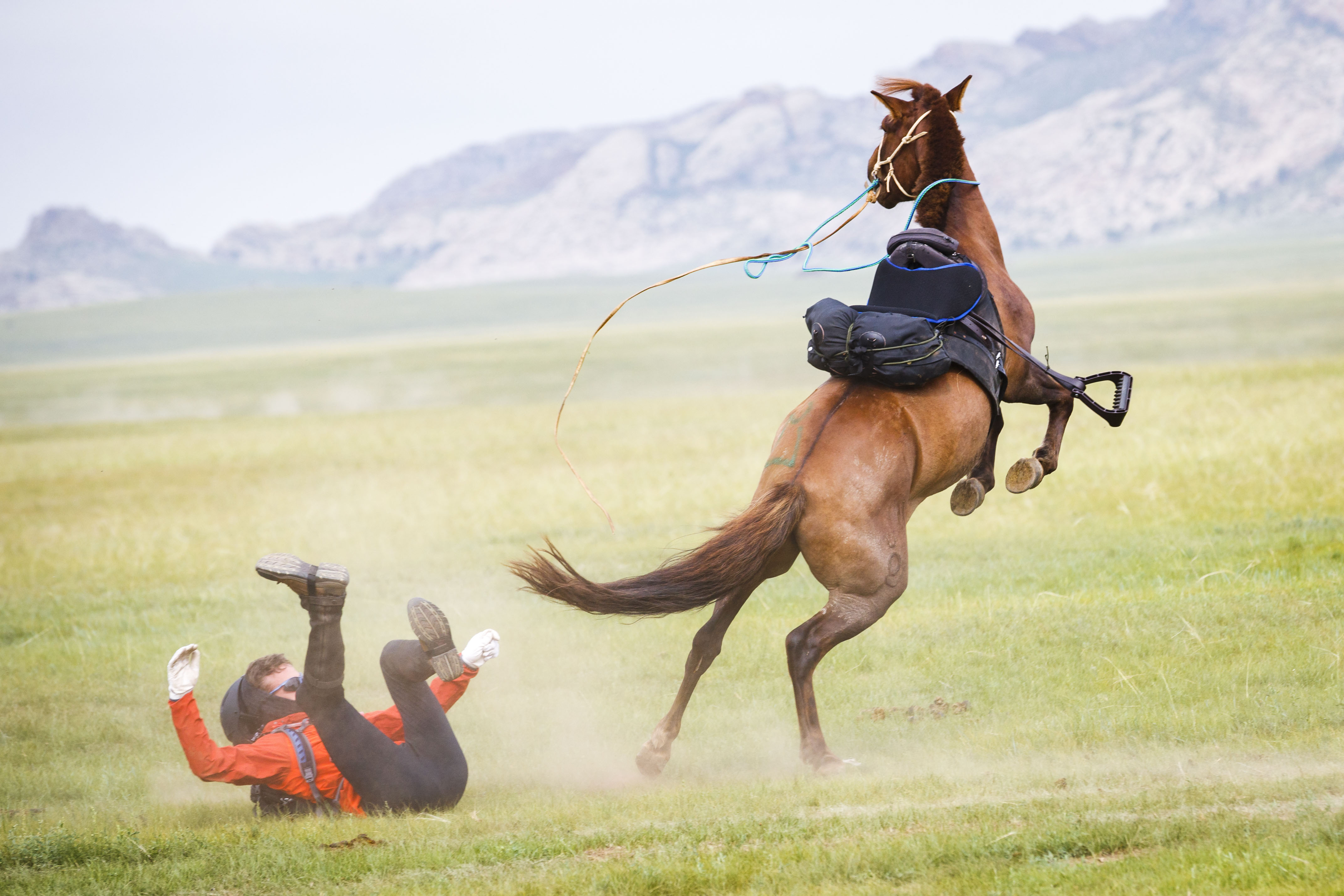
The Mongolian horse is unique in that he hasn’t been affected by outside influence—the horses out on the steepe today have changed little since Genghis Khan’s time. Small in stature—between 12 and 15 hands—Mongolian horses have short necks and short legs but are incredibly sturdy and tough. And they have to be tough because they live out on the steepe year round, in huge feral herds, enduring extreme temperatures, eating grass and little else and drinking water when they can find it.
Horse welfare is the Derby’s primary concern and the rules of the race are in place to protect the horses. For instance, horses must all pass a vet check in which the horse must be sound and meet a heart rate of 56 bpm. If, after 30 minutes, the heart rate is still above 56 bpm, the rider will serve a penalty. Because the horses are small, riders can bring just 11-lbs of gear and cannot weigh more than 188 lbs. dressed to ride.
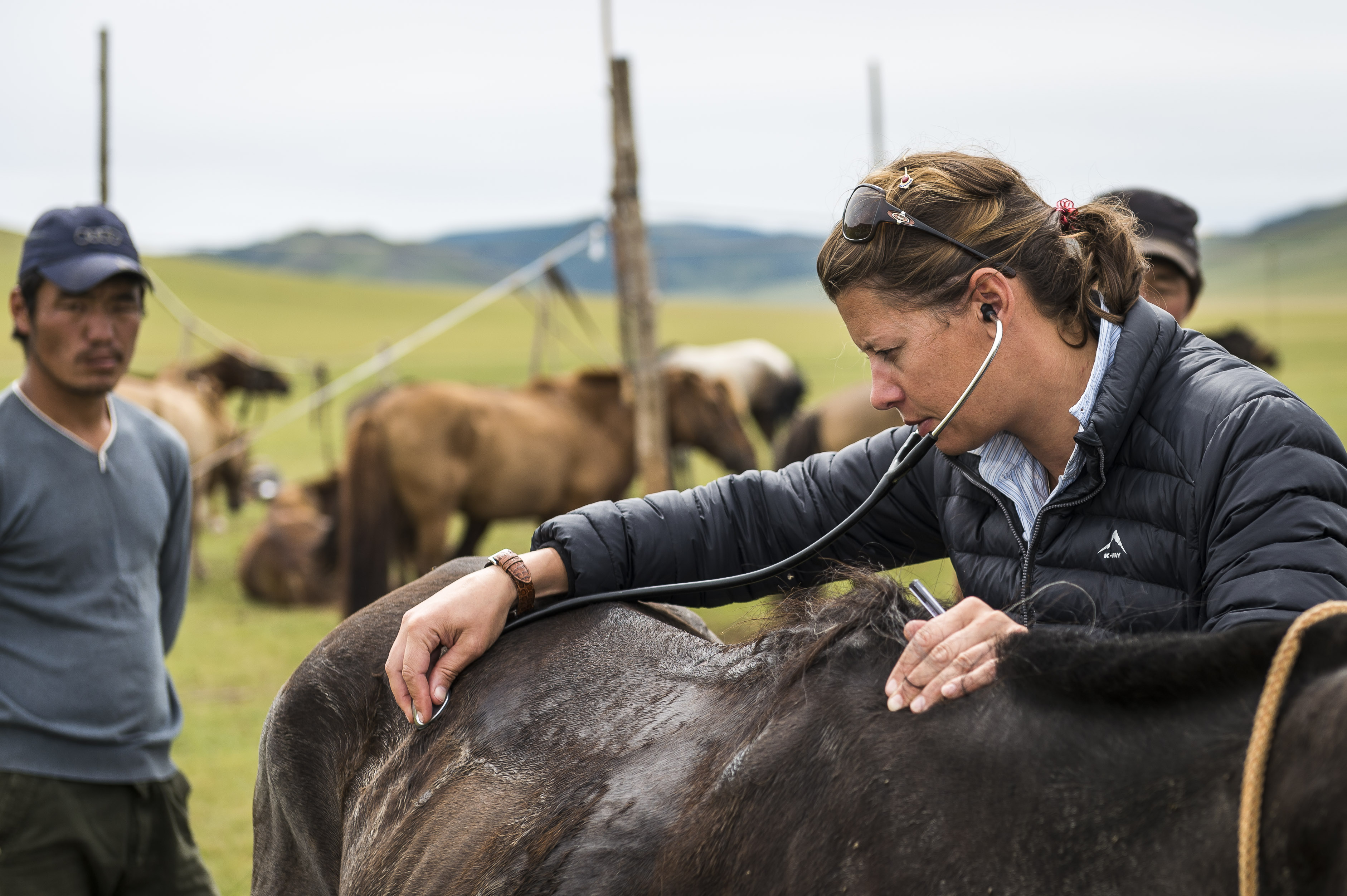
While riders will be trying to travel 75-100 miles a day, each horse will travel about 25 miles or so, and each horse is used only for one leg during the Derby. It’s first come first serve at the horse stations, so riders that get in first get their pick of the horses.
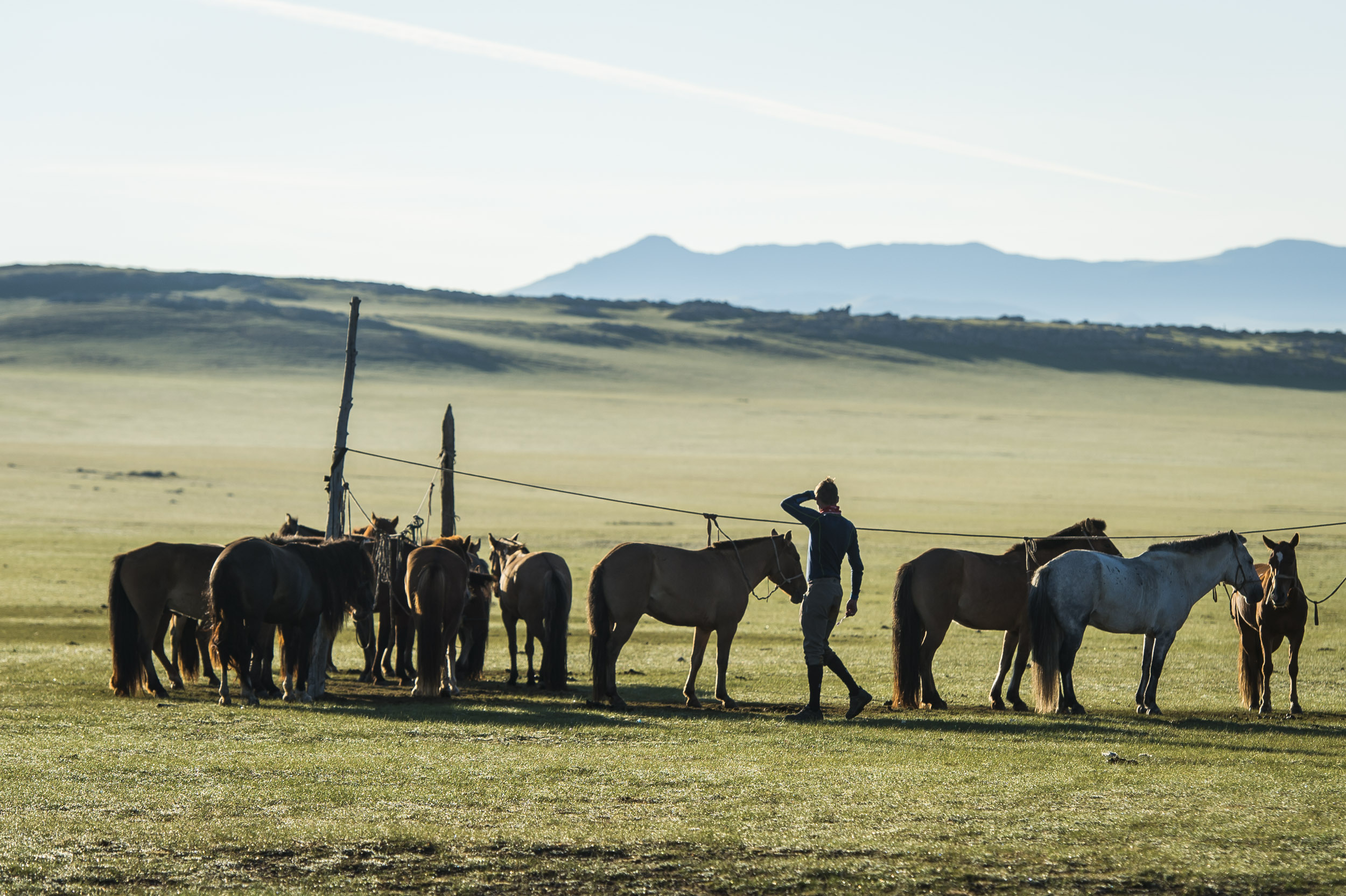
6. What’s the prize money?
As far as I can tell, there might be a trophy for the winner. This is the point where I usually lose non-horsepeople, who can’t seem to understand why anyone would want to ride in this sort of race with no chance of bringing home a bucketful of money.
Which takes me to the next FAQ that usually follows …
7. How much does this cost?
The entry fee is a steep $12,995 and that doesn’t include other expenses like travel costs, extra medical insurance, gear, training, etc., etc. But there’s a reason for the hefty price tag and it all makes sense to me. To put on an international horse race with 40 competitors and 1,400 horses, you’ll need a support crew. This includes the veterinarians needed to care for the horses, the team of medics to care for the riders and the 150 herders who generously loan out their horses. The entry fee also goes toward the three days of pre-race training and use of a saddle that’s custom built for the Mongolian horse. Practical Horseman’s parent company, Active Interest Media, has generously picked up my entry fee. Thanks, AIM!
8. Where do you stay?
Riders can stay at horse stations, called urtuus, in yurts, called gers with families that have been vetted by the Mongol Derby race organizers. Alternatively, riders may want to maximize their riding time and get ahead by riding out of a urtuu close to the time they must be off the horse and then camp out between urtuus or find a family to take them in for the night. While this is a great race strategy to get ahead it does have its drawbacks and adds another risk component. First, riders are responsible for the horses, so it will be up to the rider to secure the horse for the evening, graze him, find him water and then saddle him and get on him without any assistance in the morning. Staying with a non-Derby family can be a good alternative to camping out alone as they can provide more security to riders and horses, but they haven’t been assessed by the Derby crew, so riders must be cautious.
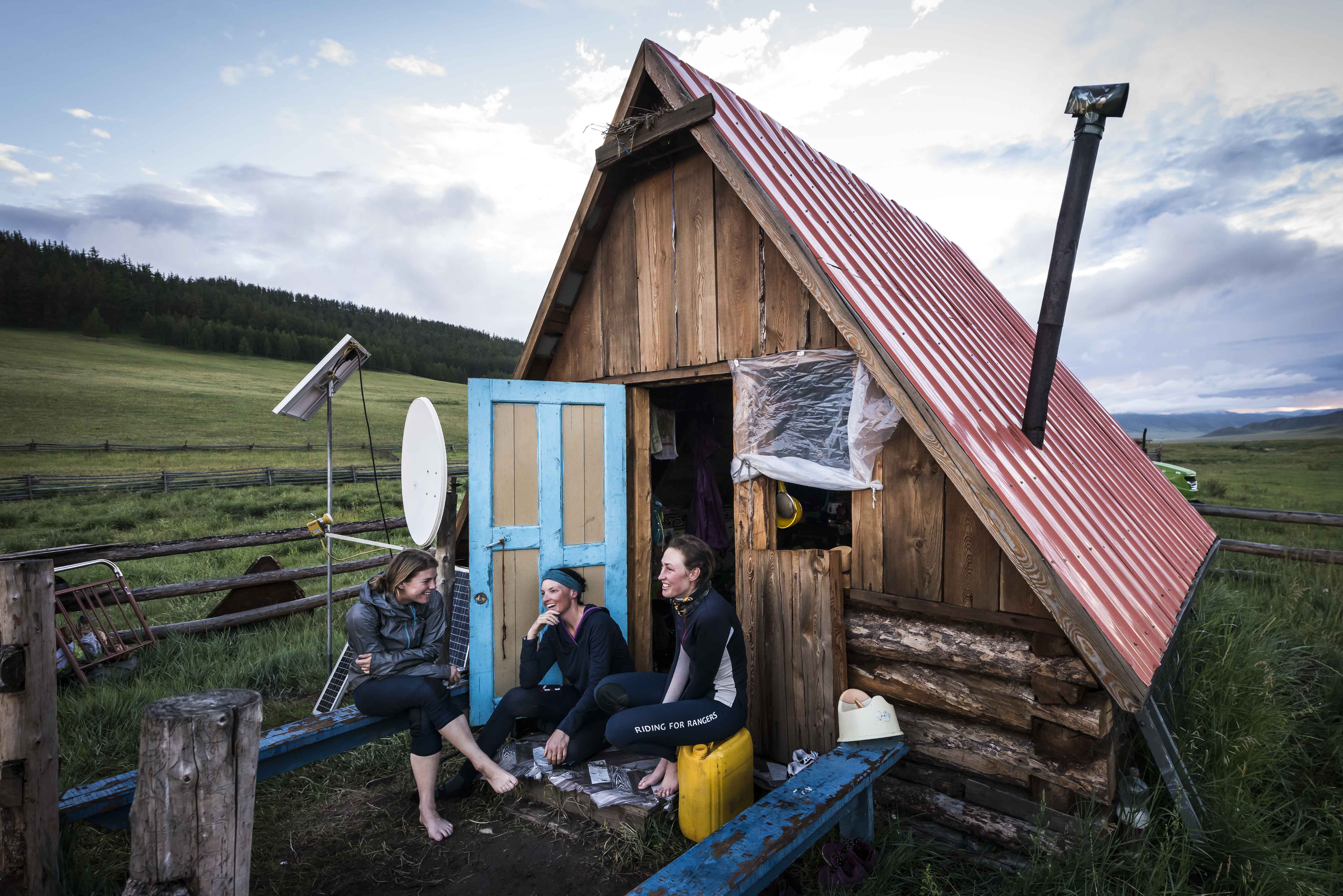
9. Do you speak Mongolian?
I’ve yet to learn a word of Mongolian, but I do have a phrase book and dictionary I was gifted by one of my best friends at Christmas. Words like lost or help will probably be useful. Several Derby veterans have said it’s a good idea to carry a note in Mongolian that explains the situation you’re in, especially when looking for a place to stay in the evening. Something to the effect of: I’m riding in a race and I need a place to stay. Can you help me? Previous Derby riders have also hinted that nonverbal cues can go a long way and that offering herders at the urtuus tobacco or western novelties might help you get the fastest horse. Additionally, herders are more likely to pick out the best and fastest horses from the line-up for competitors whose horses come in good condition from the legs and whose riding style they like.
10. Is this safe?
This a question that comes up quite a bit, especially from my parents (multiple times), friends’ parents and pretty much anyone who seems to remotely tolerate me. Of course there are risks in any equestrian sport and even more so in the Derby—that’s part of the fun—but there are safety measures in place for when things totally go awry. Riders are all given a GPS tracker, so that not only can those in their armchairs at home follow along, but so that officials know where you are and if you are riding when you shouldn’t be. Riders also have an SOS button they can push if they get into real trouble. While it might take the support crew a few hours to find you, they will eventually come to assist.
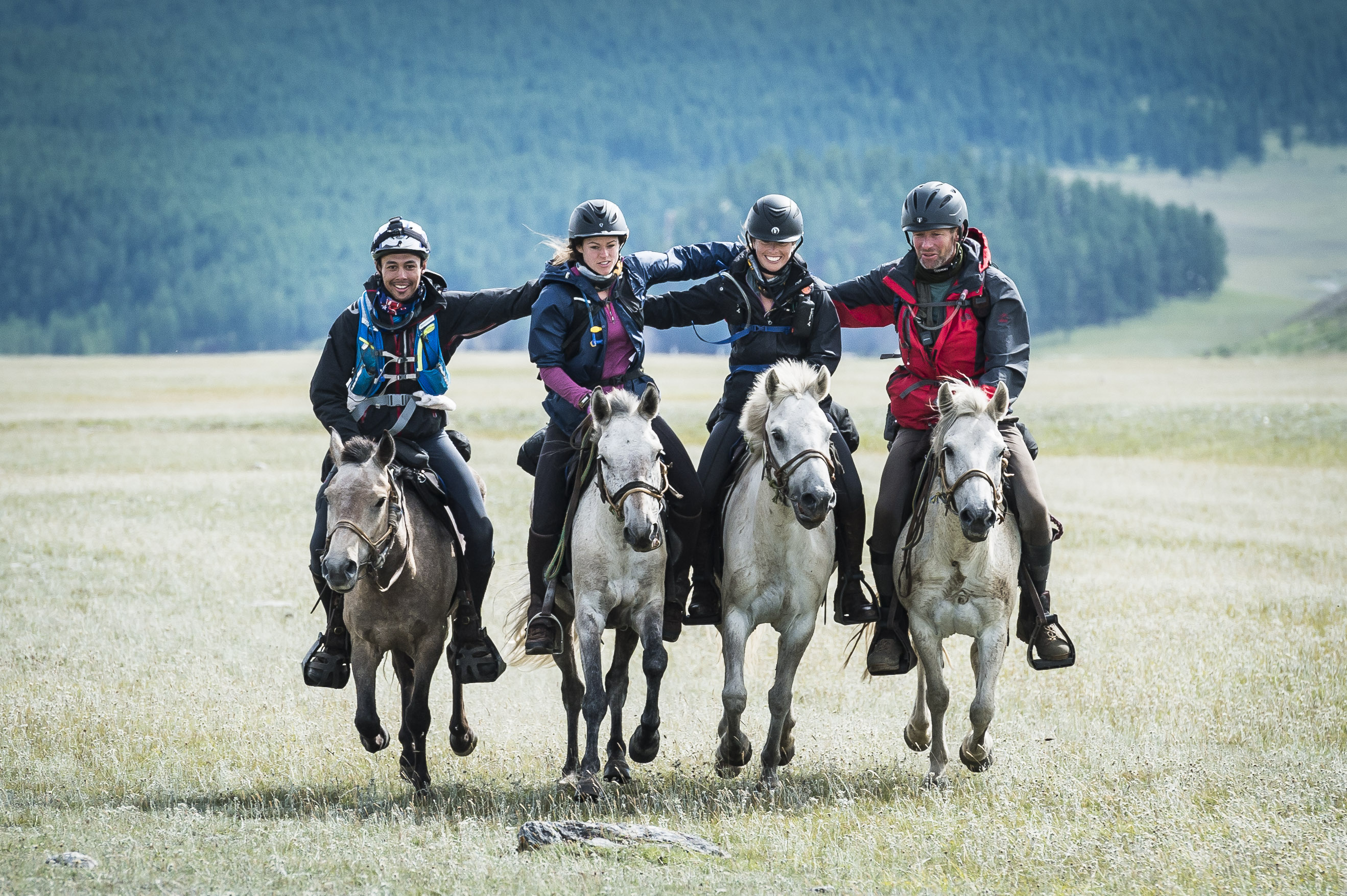
11. So, why do you want to do this?
This is probably the question I get asked the most and maybe even the question I ask myself the most.
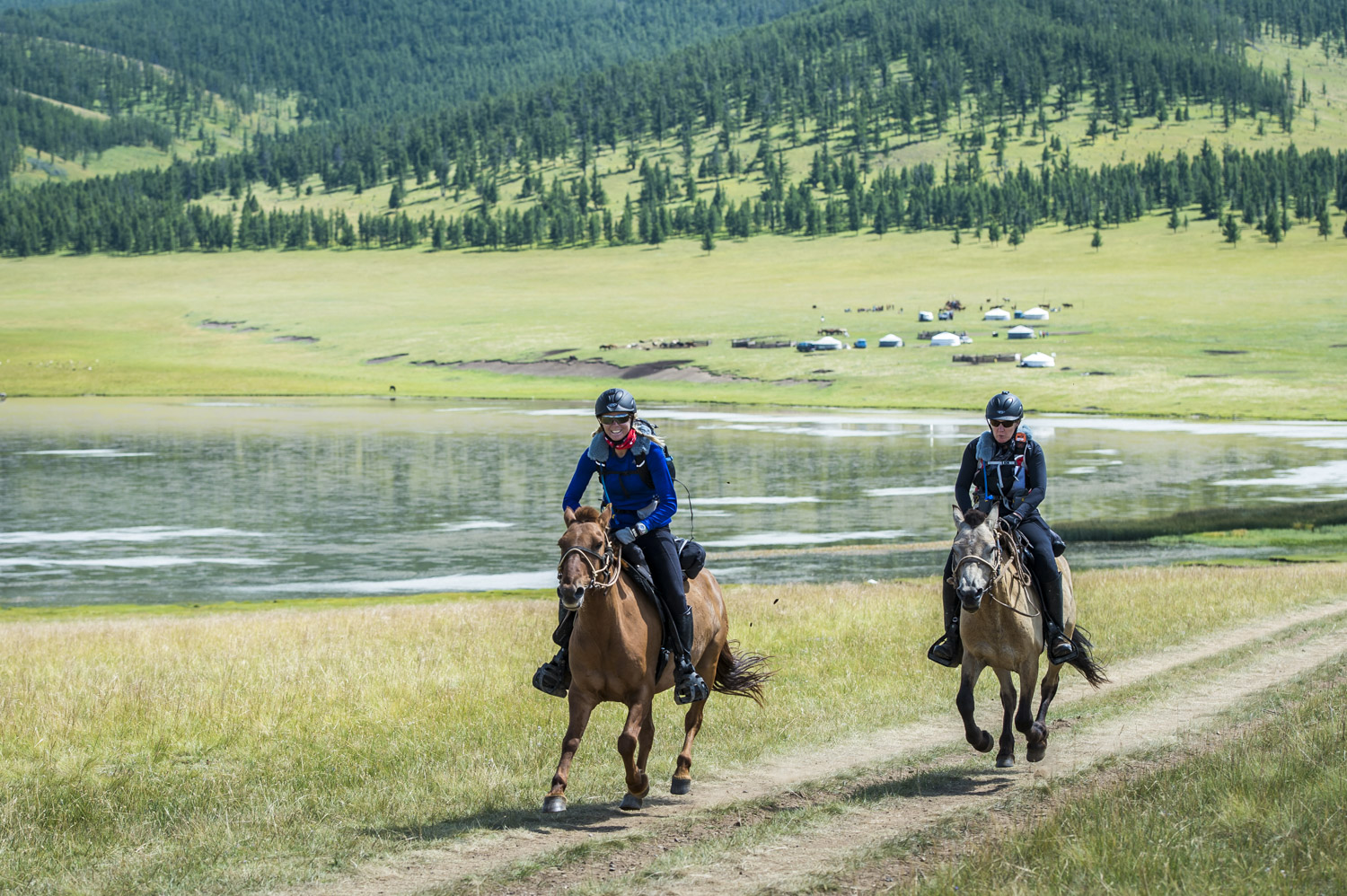
I’ve been intrigued and have followed the race every year since learning about it in 2013 from American cowboy Will Grant’s firsthand experience in Outside magazine. Almost always stricken with a severe case of wanderlust and thirst for adventure, I have always had the Mongol Derby in the back of my mind as a true adventure I could undertake someday. It seems to fall in line pretty succinctly with my three main passions: horses, travel and exploring the outdoors. I’m excited to experience one of the last surviving nomadic cultures, especially one with such a profound connection to horses while challenging myself physically and mentally and having a great big adventure and (hopefully) a little fun along the way.
Practical Horseman Associate Editor Jocelyn Pierce is competing in the Mongol Derby, a 600-mile expedition considered the longest and toughest horse race in the world, Aug. 8-27. Here’s how to follow the action, sponsored by Mane ‘n Tail and SmartPak:
• Visit Practical Horseman for daily race recaps and Jocelyn updates from 2017 Derby finisher Leslie Wylie
• Follow Jocelyn’s progress live via her GPS tracker, read official reports via the Derby website, and follow @mongolderbylive on Twitter
• Tune in for Derby Dot Watch Party podcasts presented by Horse Radio Network in partnership with Practical Horseman, broadcast live nightly at 8 p.m. EST







